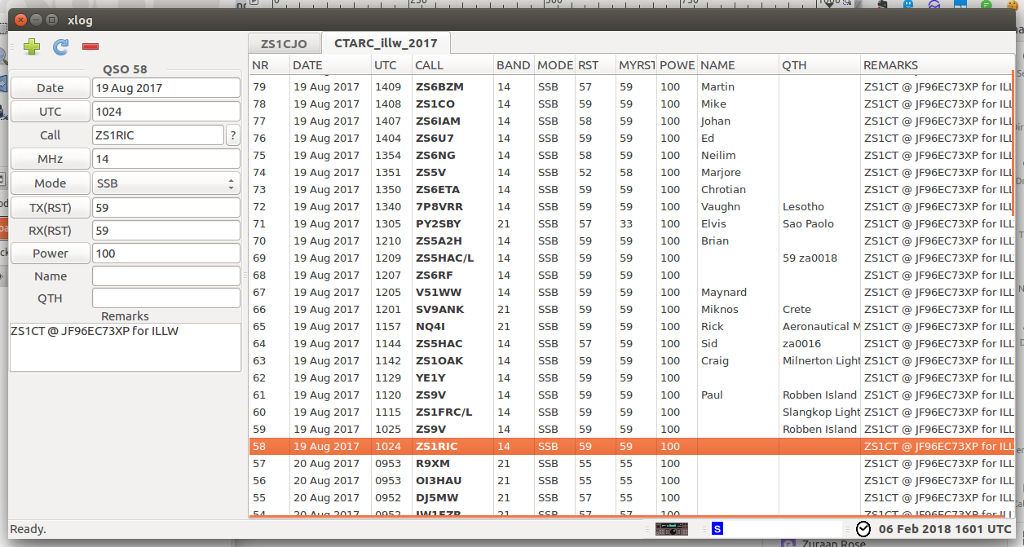

Once you have added these options and restarted your JIRA applications, the log specified by the -Xloggc parameter will record memory usage information that can be analyzed using tools like GCViewer.We advise removing them from elsewhere to avoid duplicates and confusion on later editions fo the file. We advise filling the JVM_GC_ARGS or JVM_SUPPORT_RECOMMENDED_ARGS if the first's not present.īe mindful that some parameters may already be present elsewhere in the setenv.sh/ setenv.bat.

You may follow the Setting properties and options on startup guide to set the parameters. This allows the GC logs to be included in Support Zips. We advise setting the the same as Jira's installation directory ( catalina_home), eg. Xlog:gc*:file=\atlassian-jira-gc-%t.log:tags,time,uptime,level:filecount=5,filesize=20M You can enable verbose garbage collection by adding the below options to the JVM, as in our Setting Properties and Options on Startup documentation. Verbose garbage collection will generate log statements that indicate when Java is collecting garbage, how long this process takes, and how much memory has been freed. Starting from JIRA 7.4, GC logs are generated automatically, and you can find them in /logs. Analysis of GC logs can also assist in troubleshooting performance problems with a JIRA application. However, on large-scale installations, GC tuning can improve the performance of JIRA applications. JIRA applications are robust applications that rarely require in-depth garbage collection (GC) tuning. Garbage Collection Log Settings for Jira when using Java Version 11 So, if your Java version is newer than Java 8, please follow the steps here: Other than that, all the recommended parameters below are no longer supported in Java 9 and upwards, as the Unified JVM Logging has been introduced. We've improved the garbage collection logs starting from JIRA 7.4, and they're now generated automatically, you'll be able to find them in your logs at /logs. The instructions here are for JIRA 7.3 and older only.


 0 kommentar(er)
0 kommentar(er)
